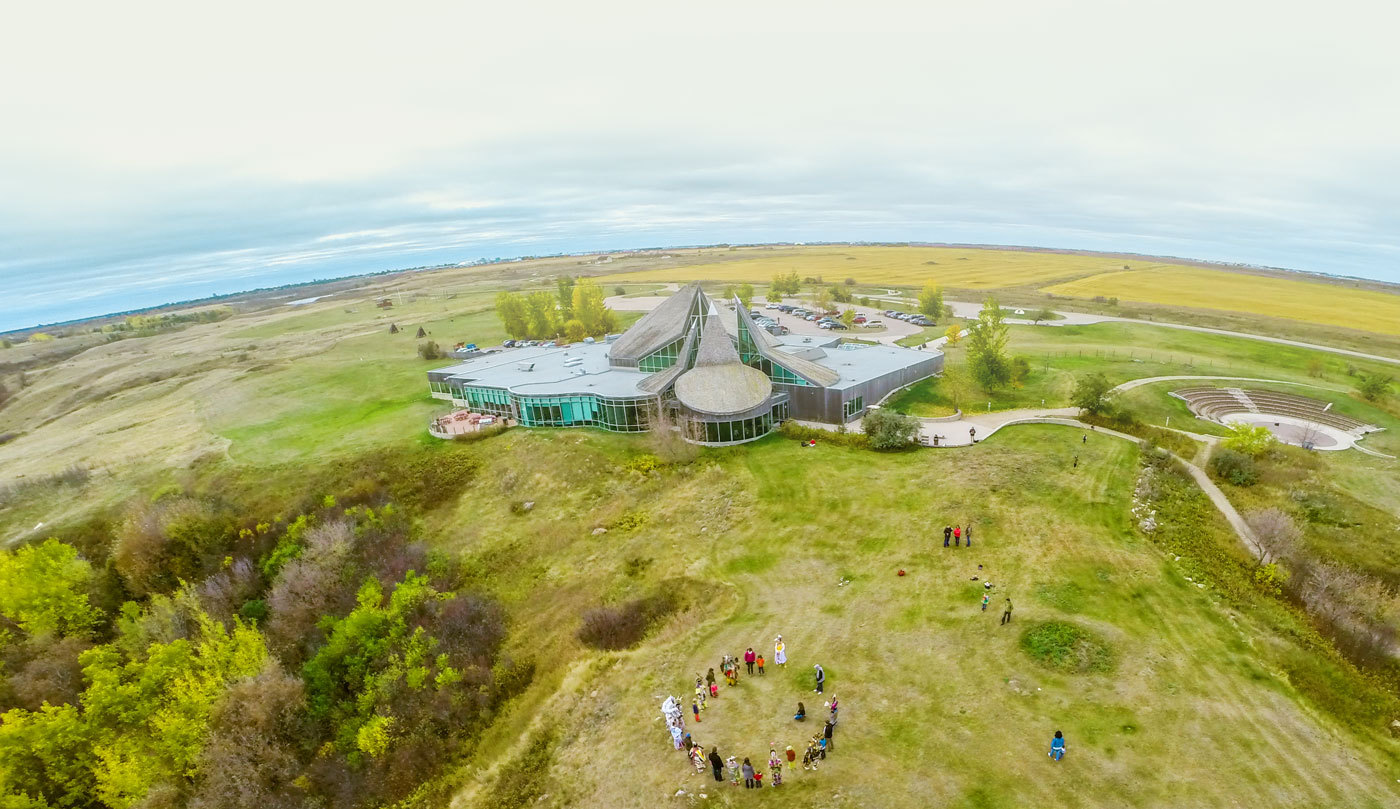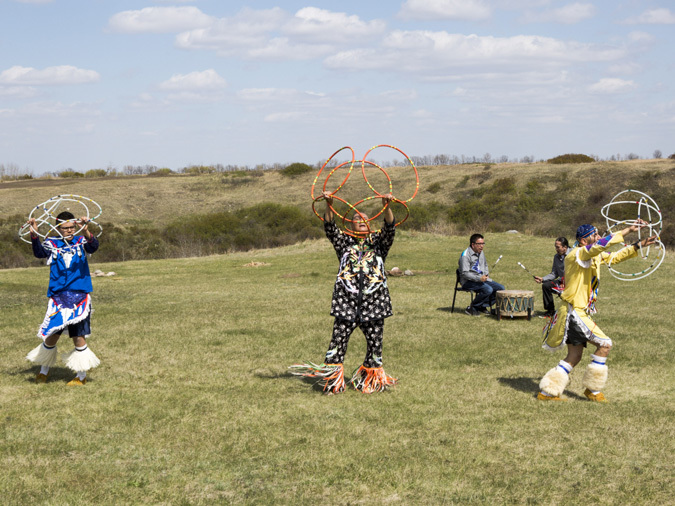Your Online Friendship Centre
Exit Site
Your Online Friendship Centre
Wanuskewin Heritage Park sits just a few kilometres north of Saskatoon, Saskatchewan, on land that nomadic tribes wandered thousands of years ago. The park is home to Canada’s longest-running archaeological dig that has uncovered artifacts over 6000 years old – older than the Egyptian pyramids.

Wanuskewin, meaning “being at peace with oneself” in Cree, is unique as a standalone park: it is not a national, provincial or municipal park, but in a league of its own. The park has a Council of Elders that ensures the traditions of First Nations communities are incorporated into planning and events, and that the park always stays true to its cultural heritage roots.
The park is currently working on achieving United Nations world heritage status, and has been expanding the ecology and biodiversity of the park to meet criteria. In the past, bison would roam the plains, and Indigenous tribes would gather on the Wanuskewin land to hunt, gather food, and take shelter from harsh winters. As part of the renewal of the land, Wanuskewin is looking to expand the park, reclaim grasslands, and bring a herd of bison back to the land.
In addition to rich prairie nature and wildlife, the Wanuskewin grounds play host to powwows, Cree language learning camps, hiking trails, tipi sleepovers, an Indigenous restaurant, arts festivals and numerous activities that keep First Nations culture thriving in Saskatchewan.

In 2015, Wanuskewin was a stop on The Amazing Race Canada when teams had to complete a challenge related to First Nations culture: either learning a traditional Hoop Dance or building a tipi. Being a part of the race was an opportunity for Wanuskewin to showcase and celebrate Indigenous culture and the beauty of the land.